Farming has been the source of livelihood of mankind since ancient times. Firstly, it plays a vital role in human life from then to now. In ancient times, farming was mainly dependent on rainfall, river, weather, climate, and the soil. But now the modern farming methods are totally different from ancient. However, the artificial technologies of modern farming change the dimensions and quality of the cultivation technique.
However, the situation of farming in India is almost identical in other parts of the subcontinent. But since the major rivers the Ganges, Padma, Brahmaputra, and Sindhu, and their numerous tributaries have become alluvial plains with adequate rainfall in almost the whole of India. Moreover, the cultivation has been relatively easy since ancient times and population pressure on it has been high.
#What Is Farming?

Therefore, farming is the process of producing plant and animal resources from the soil with the help of various materials and methods. So, taking advantage of the normal birth and growth process of plants and animals to meet the daily needs of human beings. The part of agriculture is called cultivation. At the present time, most people prefer non farming activities as it takes short times to gets profits. But for farming it takes long times to gets profits.
#Types of Farming Practice across the World:
Different types of farming created in different parts of the world based on the natural and economic environment of different regions of the earth and the demands of the people there. Hence, below we provide the types of farming based on different bases:
A. Plant Based Farming:
1. Hybrid Crops Farming:
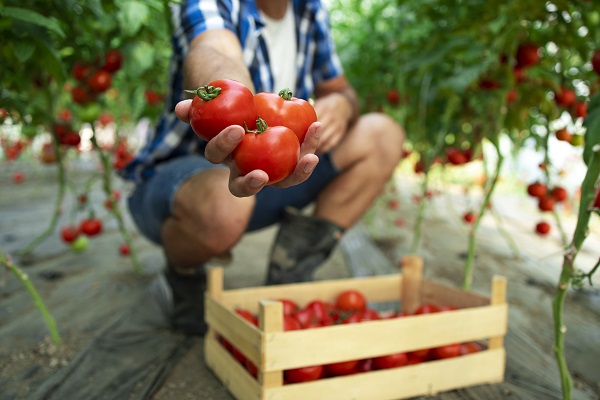
Firstly, hybrid farming of plants is the combination of twice seed. This mix production grows with more superior than its parent plant. There is also a different description of hybridism. Hence, if we sowing crops at the unseasonal time using science and technology or produce fruits, vegetables at an unseasonal time then it also called hybrid farming. So, this man-made cultivation is totally dependent on half the natural process and half the unnatural process. So, the process of this cultivation is unhealthy as for producing crops, chemicals used in it.
Examples: sweet corns, hybrid lilies, Olympia, meyer lemon trees, etc.
2. Natural Based Cultivation:
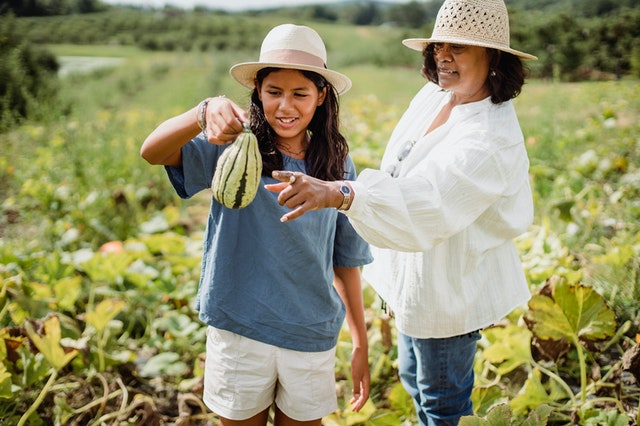
In addition, this cultivation and organic farming are both chemical-free sowing methods. Therefore, natural farming is the crops growing process in a natural way and at the right season. So, this cultivation is may be non-commercial but 100% healthy. The farmers depend on rainfall and nature, not use chemicals to grow crops.
Examples: In the villages we can see this cultivation.
3. According To the Availability of Land and Population:
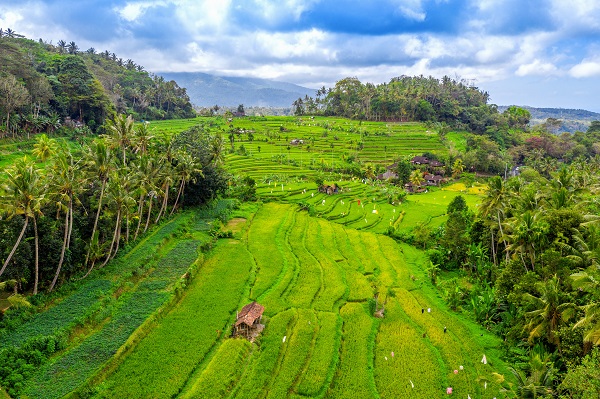
i) Extensive cultivation:
However, in all regions of the world where the population and density are low and the amount of agricultural land is high. In that, the large scale agricultural system is developing with a lot of capital, minimum labor technical techniques called extensive cultivation.
Example: Wheat cultivation in Canada is part of a wider agricultural system.
ii) Intensive cultivation:
In areas of the world where population and density are high, population growth rate is fast, labor is cheap and easily available and the amount of agricultural land is limited, intensive agriculture is a system of labor intensive cultivation for subsistence.
Example: Paddy is cultivated in this agricultural method in different countries of South-East Asia including China, Japan, India, and Bangladesh.
4. Depending On Natural and Economic Conditions:
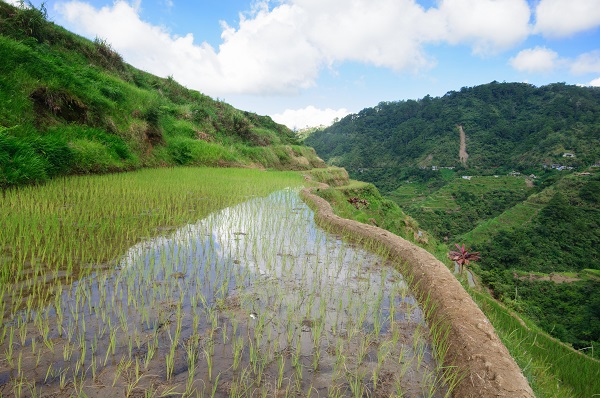
i) Self-sufficient or primitive subsistence-based cultivation:
In the early stages of human civilization, the agricultural system which was started only for the purpose of meeting the local needs with the help of natural environment is called self-sufficient or primitive subsistence based cultivation.
Example: Java rice cultivation is part of the agricultural system.
Self-sufficient or primitive livelihood based agriculture is further divided into two subdivisions.
- Transfer cultivation: In the traditional farming system, people of nomadic tribes living in tropical forests cultivate by cutting down and burning the forest in a very ancient and undeveloped manner.
- Sustainable cultivation: In a primitive agricultural system, the people of the primitive agrarian tribes living permanently in the tropical hills and plateaus cultivate the same land year after year in the ancient and underdeveloped way, depending on nature only for subsistence. Similarly, it is one of the best farming in India.
ii) Commercial cultivation:
Depending on modern agricultural infrastructure, scientific farming has established grain production on a commercial basis; that more capital-dependent, technology-centric, large-scale agricultural system is called commercial cultivation.
Example: Jute cultivation in Bengal and corpus cultivation in Maharashtra are examples of commercial farming.
iii) Terrace Farming:
Terrace farming was first invented in the South American mountains. It is the method of step by step cultivation onto the hills or mountains. It is an amazing method as at the rain time rain carrying away the nutrients of soil and plants below the slope and keeping some areas wet and some dry. Paddy sowing is perfect for this method.
For more information click here.
iv) Horticulture:
A large-scale, lucrative, and single-crop agro-based system of export-oriented agriculture that cultivates a particular crop based on the needs of the international market in all infrastructural facilities.
Examples: West Bengal Tea cultivation in Assam, coffee cultivation in Karnataka, coconut cultivation in Sri Lanka, rubber cultivation in Malaysia etc. are examples of horticulture.
v) Mixed cultivation:
In a modern and advanced cultivation system with a favorable natural and cultural environment, the same farm produces food grains, fruits, vegetables, etc., as well as livestock to meet the demand for milk, meat, and organic fertilizers; that relatively risk-free market-centric agricultural system is called mixed agriculture.
Example: This type of farming is done in the Central Plains of the United States.
5. According To the Variation of Humidity:
i) Wet cultivation:
Areas with adequate rainfall are irrigated with moderate and adequate rainfall without irrigation. In this agricultural system, the soil near the ground water level and the surface is always moist and the climate is also called wet during crop cultivation. This agricultural system is called wet cultivation.
Example: Rice farming in Bangladesh is an example of wet cultivation.
ii) Dry cultivation:
In all parts of the world where there is not enough rainfall and there is no irrigation system, the agriculture that is done in a dry environment by using the nominal rain water is called dry cultivation. It is one of the best examples of farming in India.
Example: Millet cultivation in Rajasthan is an example of this type of farming.
iii) Irrigation cultivation:
In all the regions of the world where the amount of rainfall is less, but there is ample opportunity for irrigation. The work of agriculture with the help of irrigation is called irrigation cultivation.
Example: Egypt’s corpus cultivation is an example of irrigation.
6. According To the Number of Crop Production Methods:
i) One crop cultivation:
In all parts of the world where there is no irrigation system and soil fertility is relatively low, a crop cultivates only once a year using moderate rainwater. This calls one crop cultivation. In this case, the crop which is most convenient to cultivate is selected according to the soil and climate.
Example: Wheat cultivation in Australia is an example of one-crop farming.
ii) Two-crop cultivation:
The practice of cultivating two different crops twice a year on the same land calls two-crop cultivation. In this case, one crop cultivates with the help of rainfall, and the other crop with the help of irrigation.
Example: In two cropping systems, paddy cultivates on the same land in West Bengal with rainfall in summer and wheat with irrigation in winter.
iii) Multi-crop cultivation:
In order to increase the amount of agricultural crop production and maintain the fertility of the land, multi-crop cultivation is the method of cultivating multiple different crops on the same land without producing the same crop again and again.
Examples: China, Japan, India, Bangladesh, various countries in Southeast Asia and some countries in Western Europe, many crop farming systems are prevalent.
iv) Inter-culture:
A special form of multi-crop agriculture system is inter-culture. In countries where the population pressure is much higher than the agricultural land, there is another type of agricultural system in addition to the cropping system. In this agricultural system, different crops cultivates in different rows at the same time on the same agricultural land, with different ripening times. As a result, some of the other crops is available from the same agricultural land throughout the year. This special method of agricultural production calls inter-cultural.
Example: This type of farming can be observed in the Kanto Plain of Japan.
7. Types of Farming On The Basis Of Ownership:

i) Privately owned cultivation:
Private ownership of agricultural land recognizes in most of the countries of the world. Since the agriculture of those countries conducts on the basis of private ownership, it calls privately-owned cultivation.
Examples: Most of the world’s democracies, including India, Pakistan, Bangladesh, the United States, and the United Kingdom, have privately owned agricultural systems.
ii) Jointly owned cultivation:
The method of conducting agricultural work by forming cooperatives by uniting many farmers of the society is calling jointly own cultivation. In this case, the agricultural land has group owned instead of privately owned.
Examples: Socialist countries like China, North Korea, Vietnam, etc. have jointly owned farming systems.
iii) State-owned cultivation:
There are some governments or state-owned lands in different countries of the world. So, the state-run agriculture on these state-owned lands is called state-owned agriculture or government agriculture.
Example: Agricultural farms in Suratgarh, Rajasthan belong to state-owned agriculture.
B. Animal Based Farming:
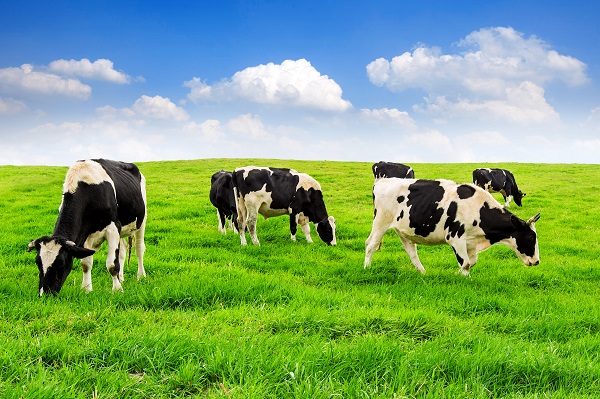
We all know that Animal-Based Farming is call Animal Husbandry. Here we discuss all the small details about animal husbandry.
Animal Husbandry meaning:
Animal husbandry meaning is control cultivation that produces domestic animals for commercial and food purposes. This cultivation is growing and feeding of animals at home.
What is Animal Husbandry?
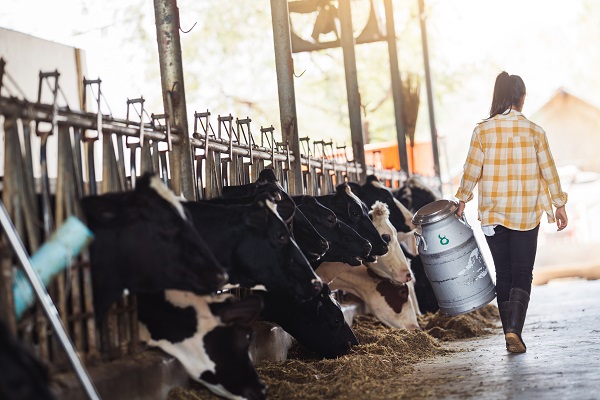
Animal husbandry is a type of cultivation based on animal growing and breeding for meat, eggs, fish, honey, skin, and another commercial purpose. It has a long history, at first animals were domesticate for food then step by step it has changed. Later it used for field cultivation to produce crops and other purposes. For this cultivation, it is very important to take care of and maintain the animals. Most importantly, the large numbers of people in the world are depending on animal husbandry for their livelihood. For commercial purposes, it is in very high demand and also for health.
Types of Animal Husbandry:
i) Cattle farming:

Moreover, cattle farming are mainly growing for the purpose of meat, milk, and skin and money. Examples- bulls, goats, oxen and cows.
ii) Sheep farming:

Sheep farming is the growing and breeding of domestic sheep for the purpose of meat, fiber and milk. So, there is high demand of sheep skin in the market. Example- sheep.
iii) Pig farming:
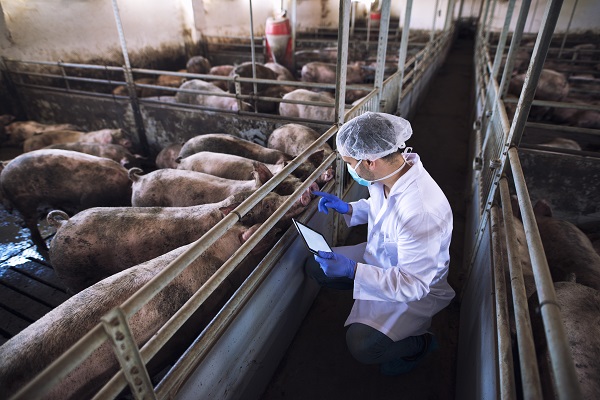
Pig farming is the type of cultivation where the farmers rising and breeding the domestic pigs or hogs for gammon, bacon and pork. Example- pig.
iv) Equine farming:
Equine farming is the establishment of selective animals breeding for various purpose. Examples- horses, mules and donkeys.
v) Poultry farming:
Poultry farming is the form of animal husbandry where the main task is to grow up the domesticated for saleable purposes. Moreover, for this cultivation caring and maintaining play a vital role to increase it. Examples- birds like ducks, chickens, cock, geese, swan, and turkey.
Visit here for all information.
vi) Aquaculture:
aquaculture is the harvesting of fish, aquatic plants, mullusks, algae and other organisms in saltwater and freshwater for commercial purpose.
vii) Insect farming:
Insect farming is the livestock practice where we need to raising and breeding the insects to produce silk, insects tea, honey, and lac. Example- caterpillars, darkling beetles, Buffaloworms, Honeybees, Crickets, Waxworms, Cochineal, etc.